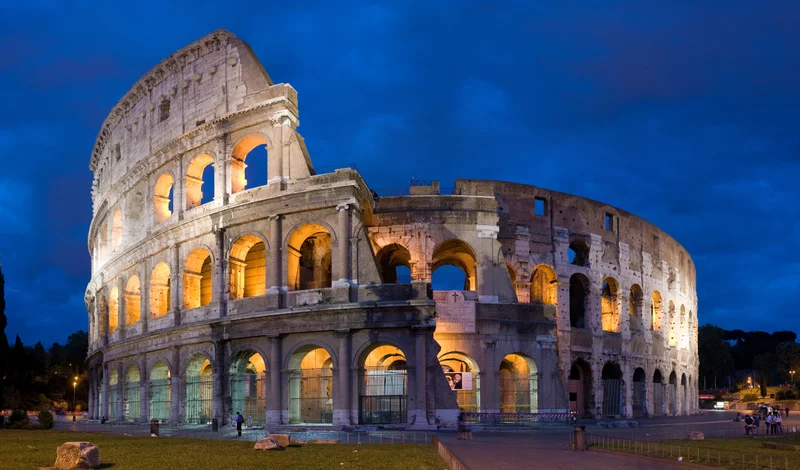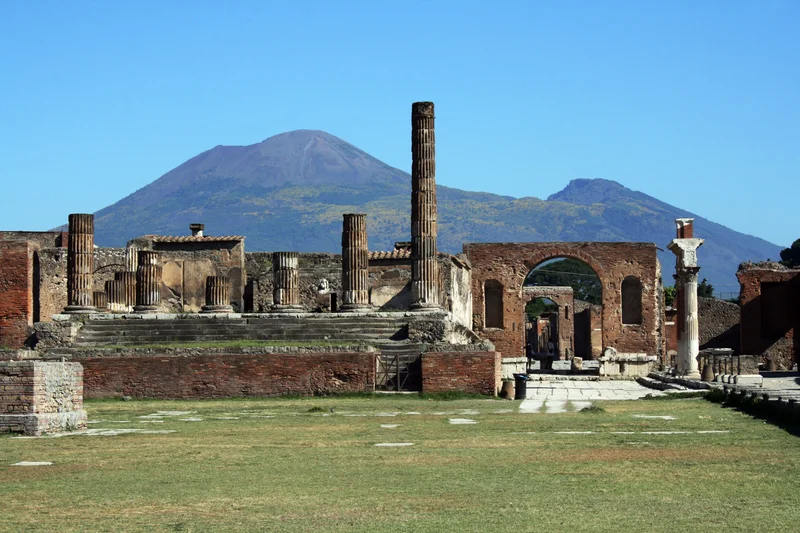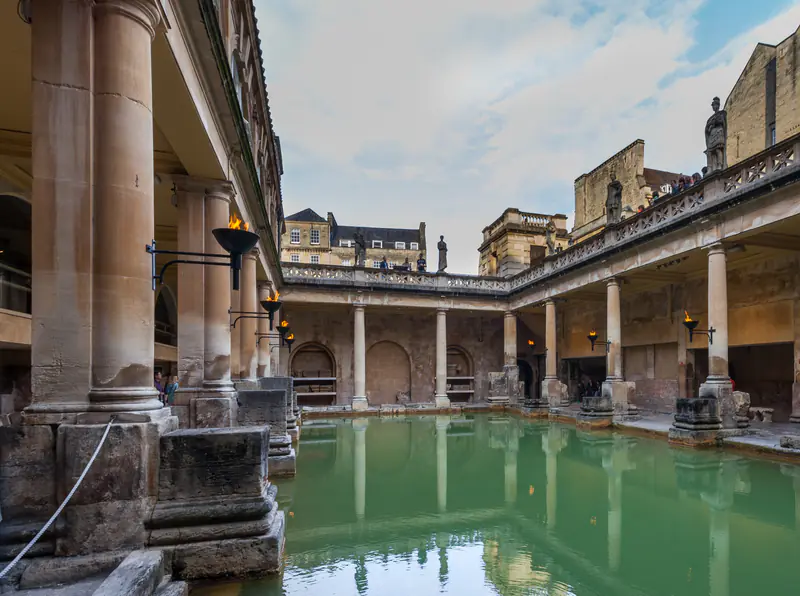UNESCO World Heritage Sites in Italy
Heritage Overview
Italy possesses the world's highest concentration of UNESCO World Heritage sites, reflecting millennia of continuous cultural achievement from ancient civilisations through the Renaissance. The Italian peninsula's strategic Mediterranean location enabled it to serve as a crossroads for diverse cultures, creating an unparalleled archaeological and artistic legacy. Roman engineering prowess established architectural standards that influenced Western civilisation for two thousand years. Subsequent periods saw medieval communes, Renaissance city-states, and Baroque courts each contributing distinct layers to Italy's cultural landscape. This remarkable continuity of human settlement and artistic production makes Italy essential to understanding European heritage. Italian expertise in conservation and restoration has established international methodologies for heritage preservation. The country's approach to integrating historic centres with contemporary life demonstrates how cultural heritage can remain vibrant and economically sustainable. Italy's commitment to UNESCO principles extends through technical assistance programmes and training initiatives that support heritage conservation worldwide, sharing accumulated knowledge from managing one of humanity's richest cultural patrimonies.
Essential Information
Visa Requirements
Citizens of the European Union, European Economic Area, and Switzerland can enter Italy freely with a valid identity card. Visitors from many countries including the United States, Canada, Australia, and Japan can stay up to 90 days within a 180-day period without a visa under the Schengen Agreement. From 2024, travellers from visa-exempt countries require ETIAS (European Travel Information and Authorisation System) authorisation before arrival. Other nationalities should verify visa requirements with Italian consulates. Passports must be valid for at least three months beyond intended departure from the Schengen Area.
Currency
The official currency is the Euro (EUR), adopted in 2002. Credit and debit cards (Visa, Mastercard) are widely accepted in cities, hotels, restaurants, and major tourist areas, with contactless payments increasingly common. ATMs (Bancomat) are readily available throughout the country, though they typically charge fees for foreign cards. Cash remains important for smaller establishments, rural locations, and some heritage sites where card facilities may be limited. Many smaller museums and archaeological sites prefer cash for entrance fees. Always notify your bank before travelling to avoid card blocking, and carry a mix of payment options.
Language
The official language is Italian, with regional dialects varying across the country. English proficiency is reasonably good in major tourist areas, hotels, and popular heritage sites, where information is typically available in multiple languages including English. However, in smaller towns and rural areas, English usage may be more limited. Museum and archaeological site information usually includes English translations. Learning basic Italian phrases (buongiorno, grazie, per favore) is appreciated by locals and enhances interactions. Tourist information centres at major heritage sites generally have English-speaking staff available to assist visitors with questions and guidance.
Climate
Italy enjoys a predominantly Mediterranean climate with significant regional variations due to its elongated north-south geography. Northern regions experience colder winters with snow in Alpine areas and warm, humid summers. Central areas including Rome have mild winters and hot, dry summers (June-August) with temperatures often exceeding 30°C. Southern regions and islands feature longer, hotter summers and mild winters. Spring (April-May) and autumn (September-October) offer ideal conditions for heritage site visits with comfortable temperatures ranging 15-25°C and fewer tourist crowds. Summer brings peak season; advance bookings essential for popular destinations.
Featured Heritage Sites

Italy
Rome's Mighty Colosseum and Its Gladiatorial Amphitheatre
Enduring Symbol of Roman Imperial Power and Spectacle

Italy
Pompeii Frozen in Time by Mount Vesuvius's Eruption
Three Preserved Roman Cities from 79 AD Era

Transnational
Europe's Great Spa Towns and Their Thermal Springs
Eleven Distinguished Wellness Destinations Across Seven Nations